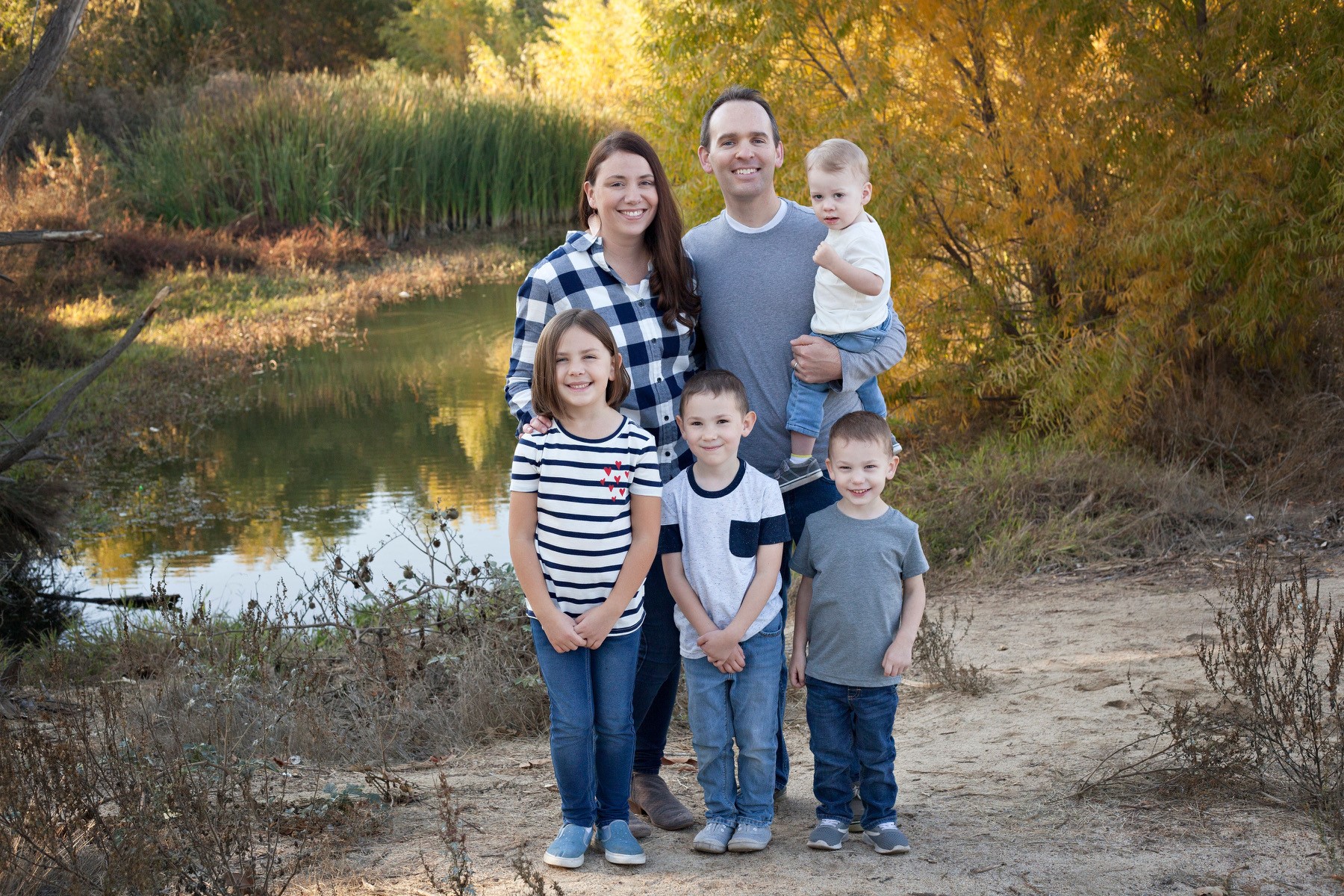When Cooper Irving was just a year old, his parents noticed that he was a little different than his two older siblings had been at the same age.
“He’d have these tantrums and bang his head on the floor, and we didn’t know why,” his mother, Kim, remembers. “He also couldn’t talk until he was 18 months, and then a few weeks later, he could recite the entire alphabet.”
By the time Cooper was 3, the Irvings were looking for answers.
Another parent at Cooper’s school mentioned Southwest Autism Research & Resource Center (SARRC), and so Kim called for information.
Since Cooper fit the criteria of being aged 6 or under, Kim was told about the NODA—Naturalistic Observation Diagnosis Assessment—program, a smartphone app that’s been proven to expedite the autism diagnostic process. SARRC developed the concept for NODA and worked in partnership with the Georgia Institute of Technology and Behavior Imaging Solutions to develop the product. The app provides prompts to parents—asking them to shoot video in four different situations at home.
The Irvings were given instruction on how to access the app—which can be downloaded from iTunes or Google Play—and provided guidance regarding what types of situations to capture.
“We gathered those videos over about a week and then submitted them through the app. The app worked great,” Kim says. “I feel like it was able to highlight our concerns.”
The Irvings submitted videos of Cooper at home, with his siblings, of him playing on his own, and of them trying to interact with him. The app uploads the videos to a secure web-based system, where clinicians at SARRC can then review them for behaviors consistent with autism.
“We took them on our phone and just uploaded them and sent them. It wasn’t complicated at all,” Kim shares. “SARRC then reviewed the videos and called me about a week or two later. They didn’t give us a diagnosis over the phone but did talk to me about some of the behaviors we had captured and sent. We then went in for in-person evaluation.”
While NODA can provide a diagnosis of autism spectrum disorder (ASD) according to DSM-5, other assessments to measure the delay also need to be completed in person, which is why the program always includes a follow-up in-person evaluation.
“Our appointment was about 4 hours. Cooper did some testing for about an hour, and we met with the psychologist. She was able to give us a diagnosis that day, probably because of the videos. They showed us the scoring and where he was at. And then after that, we were able—with that autism diagnosis—to get him a lot of help. He is getting ABA now, and we’re working on getting speech and occupational therapy. We feel very blessed.”
Many insurance companies cover the NODA process, and in 2019, AHCCCS also included telemedicine for treatment and specifically NODA for as a diagnostic method in their guidelines. That means an insurance company that serves clients on AHCCCS, or Arizona Health Care Cost Containment System, can recognize NODA as a procedure. And since NODA is covered by insurance, it will significantly shorten the amount of time a family needs to be at SARRC for a diagnostic evaluation.
“I felt like we were looking for answers for a while, but finally at age 3 by recommendation of our pediatrician and some signs from a preschool evaluation we were able to move forward with seeing a psychologist. I really wish we had been able to do something sooner and I feel that knowing about the NODA app would have been very beneficial in a possible earlier diagnosis, say Kim”
Learn more about NODA
For more information on NODA, contact SARRC’s Intake Team at 602.606.9806 or learn more here.

